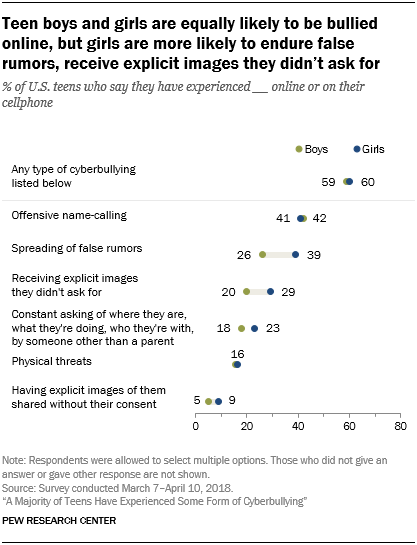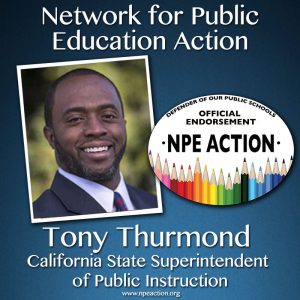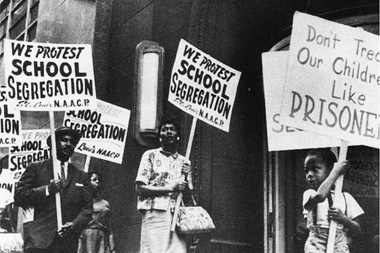HOW SCHOOLS WORK
If you pick up Arne Duncan’s How Schools Work hoping to learn something about, well, unsurprisingly I suppose, about “how schools work,” you’ll be sorely disappointed. There’s no policy prescription here, no substantive analysis whatsoever, and no actual accounts or examples of how schools work. Instead we’re treated to random stories that circulate around several stuttering themes: Duncan’s dismay and then anger when poor kids are told they’re doing OK by school people when in reality they don’t have the skills to go to college; his encounters with enraged parents that happily end when they chill out after he shows them that his heart is true and his intentions pure; and his insistent defense of “big data” and high stakes standardized tests when promoting his preferred school “reform” goals.
The subtitle isn’t especially helpful either: “An Inside Account of Failure and Success from One of the Nation’s Longest-Serving Secretaries of Education.” That might have proved useful, but the reader searches in vain for fresh perspectives or insights, for some discovery or surprise, contradiction or conflict, for an inquiring mind thinking out loud as it engages a conversation with itself—anything at all that might be generative. What’s on offer instead is untroubled categories and settled conclusions. Arne Duncan learns nothing at all—neither in his many years at the helm of Chicago’s and then the nation’s schools, nor in the process of writing this personal account.
Failure and success? An inside account? A good memoir might fruitfully explore all of that, but it would have to be free from the brutality of dogma and self-righteousness, which Duncan can’t quite manage. He’s a dedicated corporate reformer, avidly endorsing the underlying thesis that education is a product to be sold at the market place rather than a fundamental human right and community responsibility, and embracing the entire triple threat: reducing the definition of school success (for other people’s children) to a single metric on a standardized test; marginalizing or crushing the collective voice of teachers; and auctioning off the public space to private managers and entrepreneurs. None of this is up for discussion or review, and that makes the entire account tedious and entirely predictable.
Duncan’s opening sentence is a calculated attention-getter: “Education Continue reading: HOW SCHOOLS WORK | Bill Ayers

















